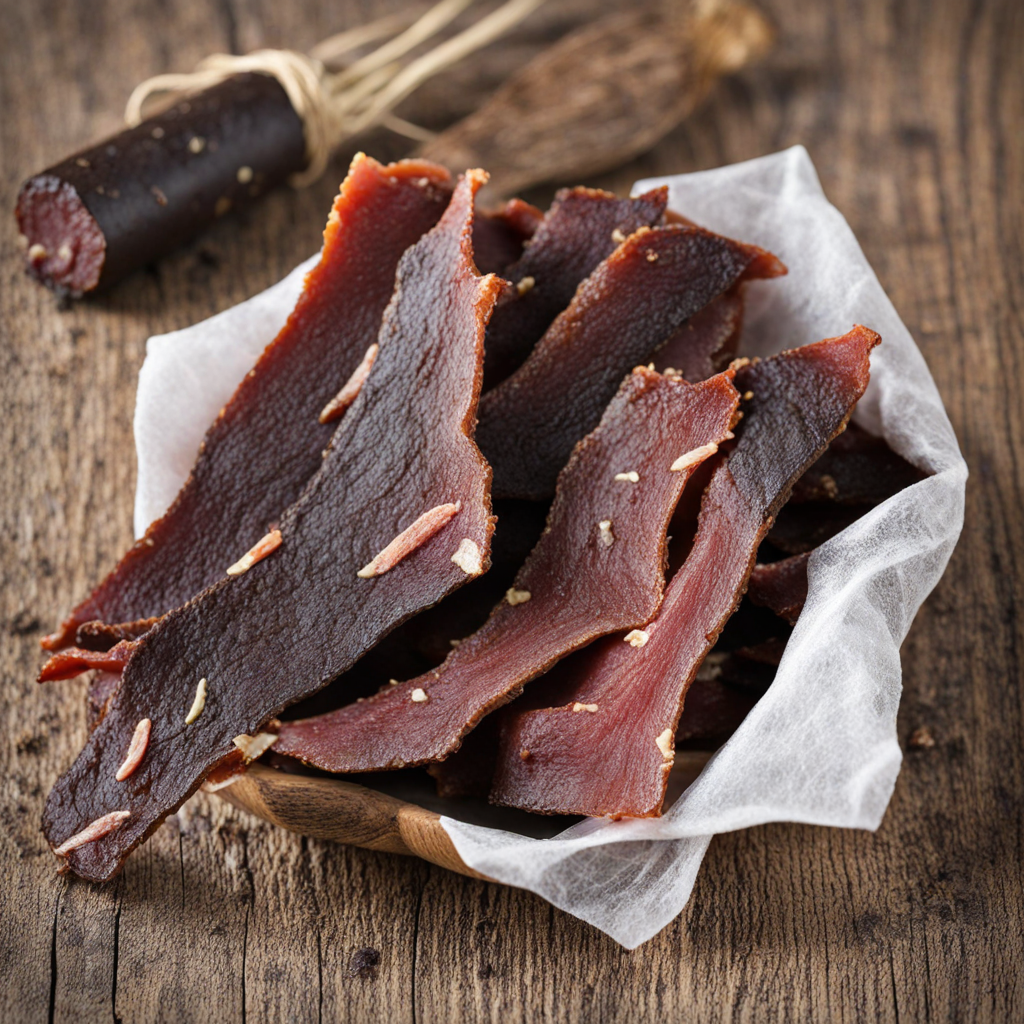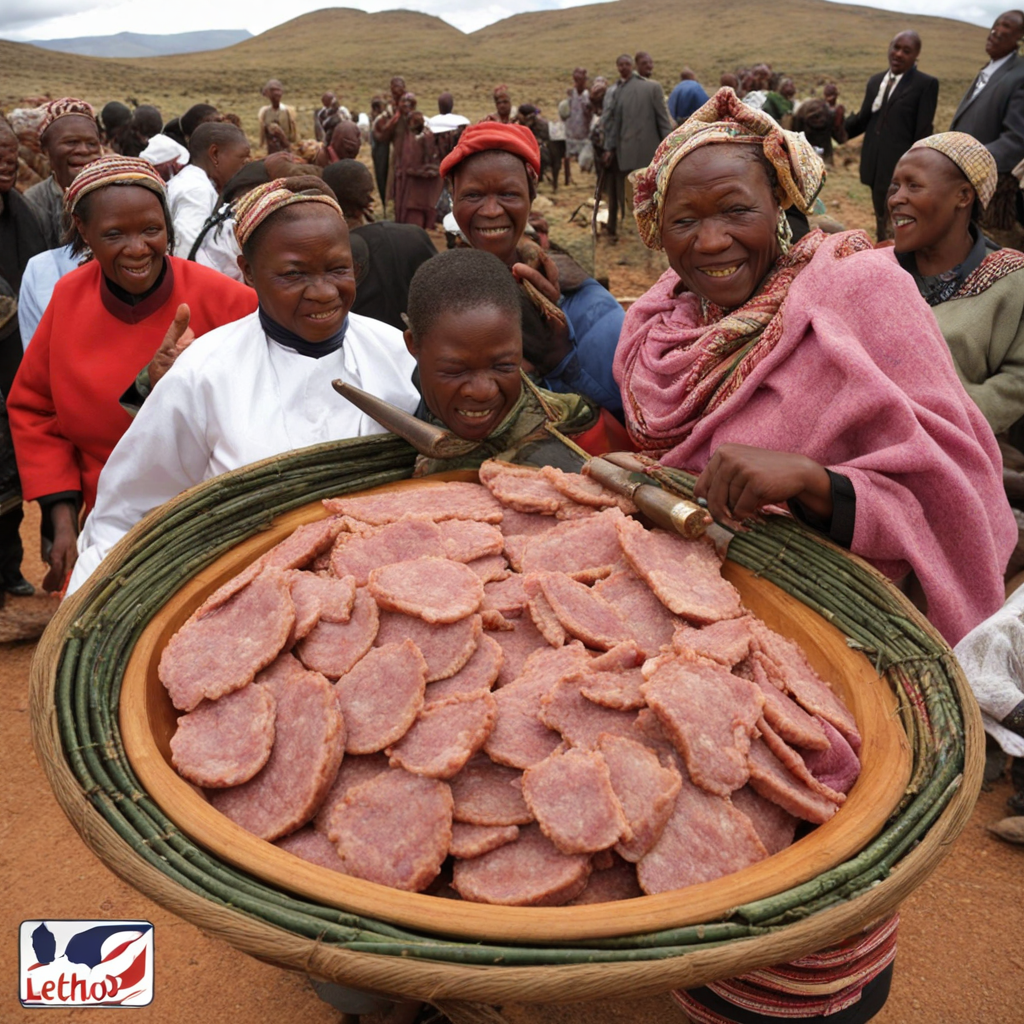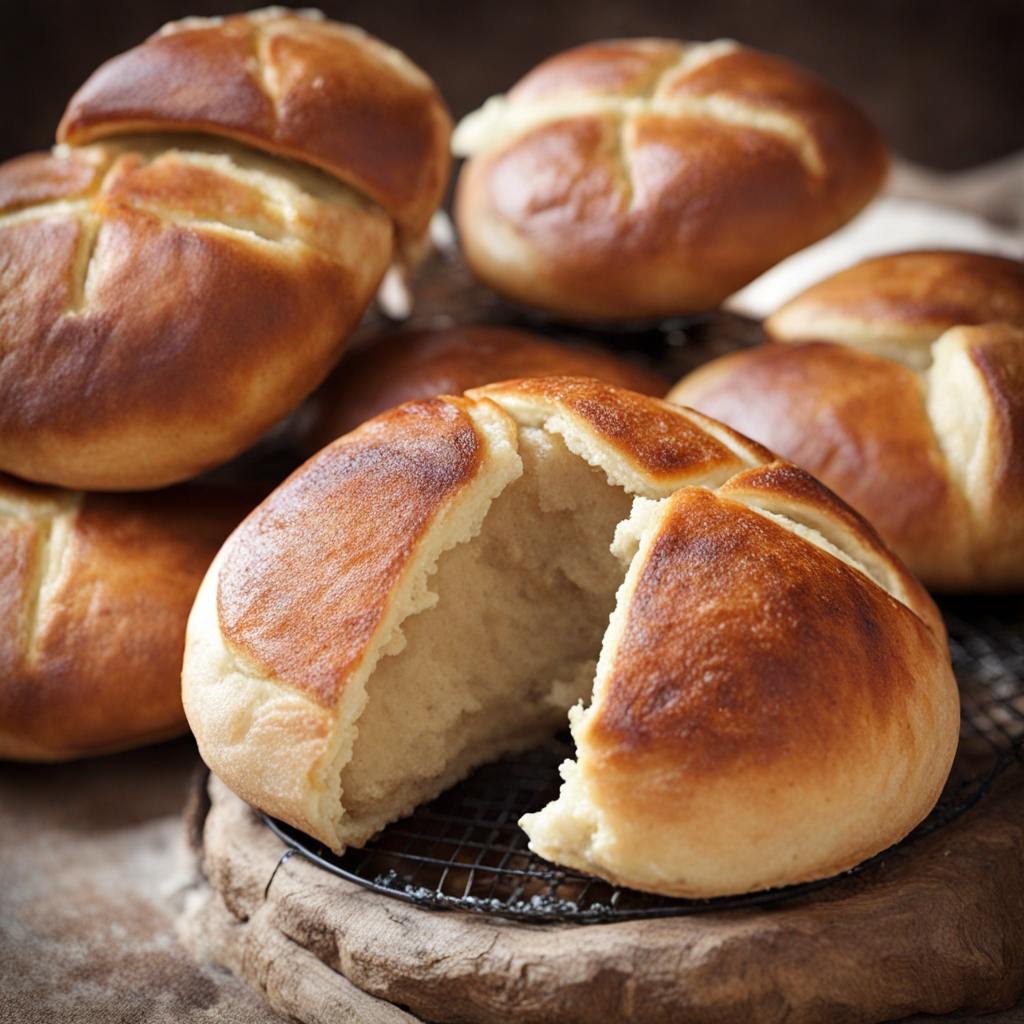Lesotho Biltong
Lesotho Biltong is a delightful dried meat snack that captures the essence of traditional Basotho flavors. Made from high-quality cuts of beef, game, or lamb, the meat is marinated in a blend of spices that often includes coriander, black pepper, salt, and vinegar. This marinade not only enhances the meat's natural flavors but also acts as a preservative, allowing the biltong to develop its unique taste profile as it dries. The result is a savory, slightly tangy treat that offers a satisfying chew with every bite, perfect for those who appreciate bold, robust flavors. What sets Lesotho Biltong apart is its artisanal preparation method, which often involves air-drying the meat in a controlled environment. This slow-drying process ensures that the meat retains its moisture while developing a rich, complex flavor that is both hearty and aromatic. Depending on the specific recipe or region, you may encounter variations that include additional spices or even sweet elements like brown sugar, presenting a delightful contrast to the savory base. Each piece of biltong offers a taste of Lesotho’s rich culinary heritage, making it an exciting snack for food adventurers. Enjoying Lesotho Biltong is a sensory experience. The texture is firm yet tender, and the aroma is deeply inviting, often evoking memories of traditional gatherings and celebrations. It can be enjoyed on its own as a protein-packed snack, or paired with cheese and wine for a sophisticated twist. Whether you’re hiking through the mountains or relaxing at home, this delightful biltong provides a unique and delectable insight into the flavors of Lesotho, inviting you to savor a piece of its cultural identity.
How It Became This Dish
Origins of Biltong Biltong is a form of cured meat that has its roots deeply embedded in Southern Africa, particularly in countries like South Africa, Namibia, and Lesotho. The term "biltong" is derived from the Dutch words "bil," meaning "buttock," and "tong," meaning "strip." Its origins can be traced back to the early 17th century when Dutch settlers, known as the Voortrekkers, arrived in the Cape of Good Hope. The necessity for preserving meat during long journeys led to the development of biltong as a practical solution. The practice of curing meat is not exclusive to the Dutch; indigenous peoples of Southern Africa, including the Basotho of Lesotho, had their own methods of preserving meat long before European contact. Traditionally, they would dry meat in the sun or smoke it over a fire, techniques that share similarities with the biltong-making process. Over time, the combination of European and indigenous methods resulted in the biltong we recognize today. \n\n Cultural Significance In Lesotho, biltong holds not just culinary significance but also cultural importance. For the Basotho people, biltong is more than just a snack; it embodies a sense of identity and heritage. It is often prepared during traditional ceremonies and festivities, showcasing the communal aspect of food in Basotho culture. Sharing biltong among family and friends during gatherings symbolizes unity and hospitality. Biltong is also a practical food source for the Basotho, particularly in the mountainous regions where access to fresh produce can be limited. The preservation method allows families to store meat for extended periods, ensuring food security during harsh winters. This practicality has made biltong a staple in the Basotho diet, enjoyed by all ages and classes. \n\n Ingredients and Preparation The basic ingredients of biltong include meat (commonly beef, but also game meats like kudu or springbok), salt, vinegar, and a variety of spices such as coriander, black pepper, and chili. The preparation begins with slicing the meat into strips and marinating it in a vinegar solution. This step not only adds flavor but also helps to tenderize the meat and inhibit bacterial growth. After the marination, the meat is coated in a mixture of salt and spices. The curing process follows, where the meat is hung in a cool, dry place to air-dry for several days to weeks, depending on the desired texture and flavor. The result is a chewy, flavorful delicacy that is both nutritious and satisfying. In modern times, the process of making biltong has evolved, with some producers adopting more industrial methods. However, traditional methods remain popular, especially among home cooks who take pride in crafting their biltong from scratch. \n\n Biltong in Lesotho Today In contemporary Lesotho, biltong continues to be a beloved food and is often found in local markets and shops. Its popularity has led to the emergence of various biltong vendors who provide a range of flavors and styles, catering to both locals and tourists. The rise of tourism in Lesotho has also prompted interest in traditional foods, with biltong being a highlight for visitors looking to experience authentic Basotho cuisine. Social media and the internet have played a significant role in promoting biltong outside of Southern Africa. Enthusiasts around the world now seek out authentic biltong, leading to an increase in exports from Lesotho and neighboring countries. This global interest has resulted in the establishment of online businesses specializing in biltong production, further integrating the delicacy into the global food market. \n\n Health and Nutrition Biltong is often celebrated for its nutritional benefits. It is high in protein, making it an excellent snack for those seeking to maintain a high-protein diet. Additionally, it is relatively low in carbohydrates and can be a suitable option for those following ketogenic or low-carb diets. The drying process also retains many of the meat's essential vitamins and minerals, making biltong a nutrient-dense food choice. However, it is essential to consider the salt content in biltong, as excessive consumption may lead to health concerns, particularly for individuals with hypertension. Moderation is key, and many enjoy biltong as an occasional treat rather than a daily staple. \n\n Conclusion of Tradition and Future As Lesotho continues to navigate the complexities of modernization, the tradition of making and consuming biltong remains a vital part of the Basotho culinary landscape. The balance between traditional methods and contemporary practices ensures that this beloved food continues to thrive. Whether enjoyed during a family gathering, as a snack on a hike, or as a gift for a friend, biltong encapsulates the essence of Basotho culture and resilience. In summary, biltong’s journey from a preservation method used by early settlers and indigenous peoples to a cultural symbol in Lesotho reflects the adaptability of food practices and the importance of culinary heritage. Its continued significance in both local and global contexts highlights the enduring legacy of biltong, a true testament to the rich history of food in Southern Africa.
You may like
Discover local flavors from Lesotho







